After Iran’s Supreme Leader Ayatollah Ali Khamenei promised new retaliatory attacks against Israel following its unprecedented military operation, there has been considerable speculation about whether Israel will retaliate in the ongoing volley by killing Khamenei himself. Khamenei is the glue that holds the Islamic Republic together, having served as supreme leader since 1989. If he were to be killed by Israel, it would shock the Islamic Republic and could destabilize the regime.
Targeting Khamenei via airstrikes or infiltrating the Islamic Revolutionary Guard Corps (IRGC) Vali Amr Protection Corps, which provides his personal protection, would be the two most probable modes to eliminate him. As he grows older, Khamenei’s world has become smaller. While he once traveled abroad as president, he has not left Iran since 1989 due to concerns about his safety and the need for control at home. The supreme leader used to tour Iran’s provinces regularly, venturing outside the confines of his office in Tehran, which also houses his residence. He made annual trips to his birthplace of Mashhad, staying at Malek Abad Palace and protected with a mobile S-300 air defense system.
However, with age and increasing restlessness among the Iranian population, Khamenei has spent most of his later years in Tehran. Now that Israel has reportedly eliminated a chunk of Iran’s existing network of S-300 air defense systems and amid the confusion after the decapitation of Iranian military leaders, Khamenei will be more vulnerable than ever.
There have been concerns over the penetration of those in Khamenei’s close circle, and his security protocols have tightened in recent years after a series of assassinations. Bodyguards can be seen seated between Khamenei and his closest military commanders in even small audiences. Last year, reports circulated that a young advisor to the Office of the Supreme Leader, Mohsen Saravani, had been executed for allegedly spying for Israel’s Mossad.
Israel’s strike eliminating the Chief of Staff of Iran’s Armed Services Mohammad Bagheri and the IRGC’s top brass puts the country’s political leaders on notice that they are potential next targets should Iran escalate in its response.
Having served as supreme leader for 35 years Khamenei’s personal power has become entrenched in Iran, primarily due to the extensive patronage networks he has nurtured over the years. Khamenei has also not appointed a deputy supreme leader out of fear that such a person might eclipse his power and control. As a Shia radical Islamist, Khamenei deeply believes in the creation of an Islamic world, the destruction of Israel, and undermining the international liberal order.
Ultimately, Khamenei’s death would pose an even greater challenge to the Islamic Republic’s stability than Ruhollah Khomeini’s passing in 1989. This would be especially true if he were killed alongside his son, Mojtaba Khamenei, whom many observers view as a potential successor. Such a scenario could destabilize the Islamic Republic, especially now that former President Ebrahim Raisi was killed after a helicopter crash this year. This has thinned out the existing succession options for the Iranian system. It would also increase factionalism among the political elite.
History reveals that the weakest moment in a personalized regime often occurs at the leader’s demise. Notable examples include the assassination of South Vietnam’s President Ngo Dinh Diem in 1963, which led to political chaos and increased U.S. involvement in Vietnam. The execution of Romanian dictator Nicolae Ceaușescu in 1989 ended 42 years of communist rule but resulted in economic challenges and unrest. Similarly, the assassination of Rafael Trujillo in 1961, with CIA support, created a power vacuum that induced political instability in the Dominican Republic.
A leadership decapitation could unsettle the Islamic Republic’s security forces: the police, the IRGC, its Basij paramilitary, and the intelligence services. With Khamenei firmly at the helm, there is predictability; these forces know that if they follow his orders to repress dissent, they will be shielded from prosecution. However, uncertainty about his successor and disorientation after Israel’s punishing strikes eroding the military could cause hesitation amid the confusion, potentially creating momentum for protests among the Iranian people. Israel and its allies could help here in degrading the regime’s domestic repressive apparatus.
Some observers may argue that even after the U.S. government killed former IRGC Quds Force Commander Qasem Soleimani in 2020, who was a uniquely powerful figure in the Islamic Republic, the IRGC still survived and thrived. Yet unlike Soleimani whose power stemmed from military control, Khamenei’s oversight of multiple nodes of the Islamic Republic’s authority – economic, military, political, and social – would make his loss to the system an even greater blow.
But structures remain in place under the Islamic Republic’s constitution to protect the system, and the staying power of the regime should not be discounted, especially if officials like the president and Supreme National Security Council (SNSC) members remain in their positions and with the Assembly of Experts, which selects a successor to Khamenei, impaneled. Even then, the Islamic Republic will be a weaker regime since it takes time for a new leader to consolidate his power; in the case of Khamenei himself in 1989, it took almost one decade to be able to consolidate power and implement his policies.
While many Iranians will welcome Khamenei’s demise, possible widespread protests following his death will be a new challenge for his successor, who will have to rely on the IRGC to establish order. Once selected, a new supreme leader would face several choices: declare all-out war on Israel in a contest he can’t win, develop a nuclear weapon to protect the regime, or turn inward to focus on rebuilding proxy networks while de-escalating tensions to preserve the system. A successor to Khamenei may also find himself having to lean right to assert his authority and bona fides sufficiently.
In the end, Israel may not choose to utilize this option out of fear of the international political fallout given Khamenei’s standing as a head of state, unlike Nasrallah who was the head of a terrorist organization. But if Israel were to kill Khamenei in the tit-for-tat strikes, this would pose considerable complications for the Iranian system. Khamenei’s constitutional standing as the commander-in-chief, foreign policy decision-maker, chief patron overseeing vast financial networks in Iran, and personality will be challenging to replicate, especially should his son Mojtaba not survive the current round of hostilities either. However, the system does have backup institutions that could fill the vacuum – if they can gain control over the security forces.



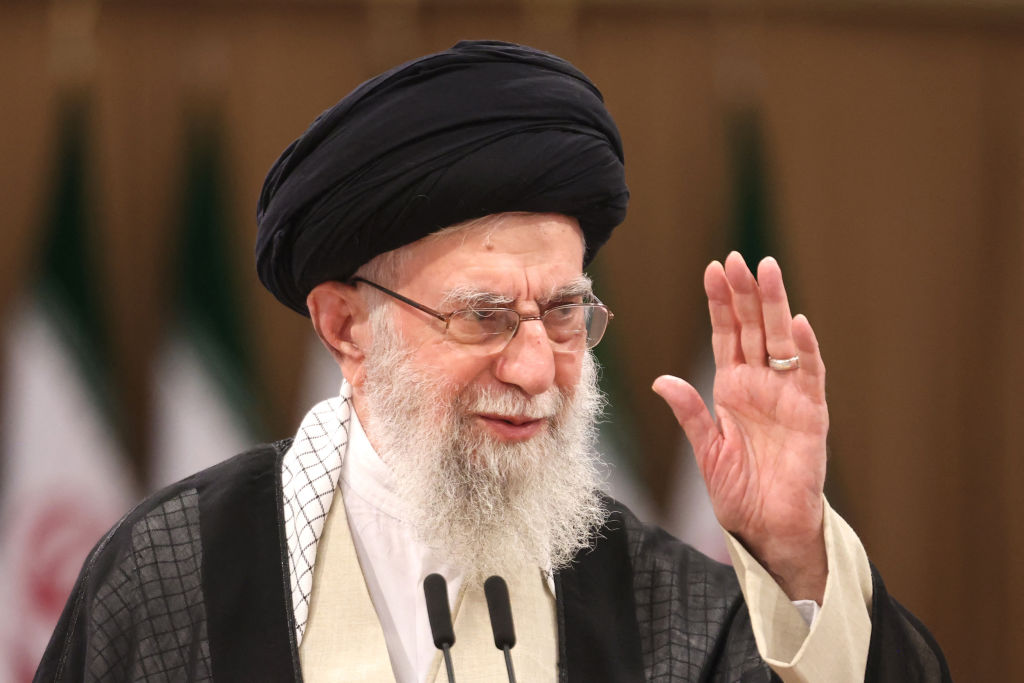






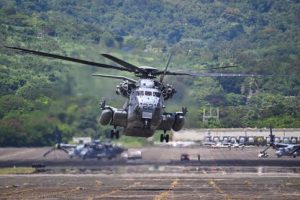


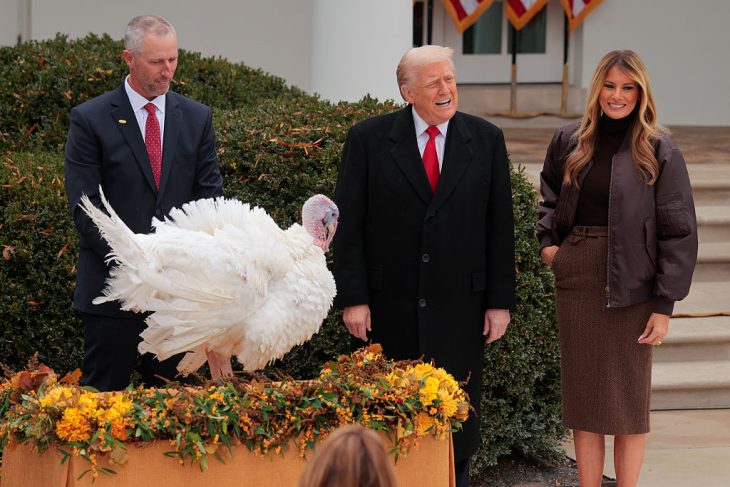
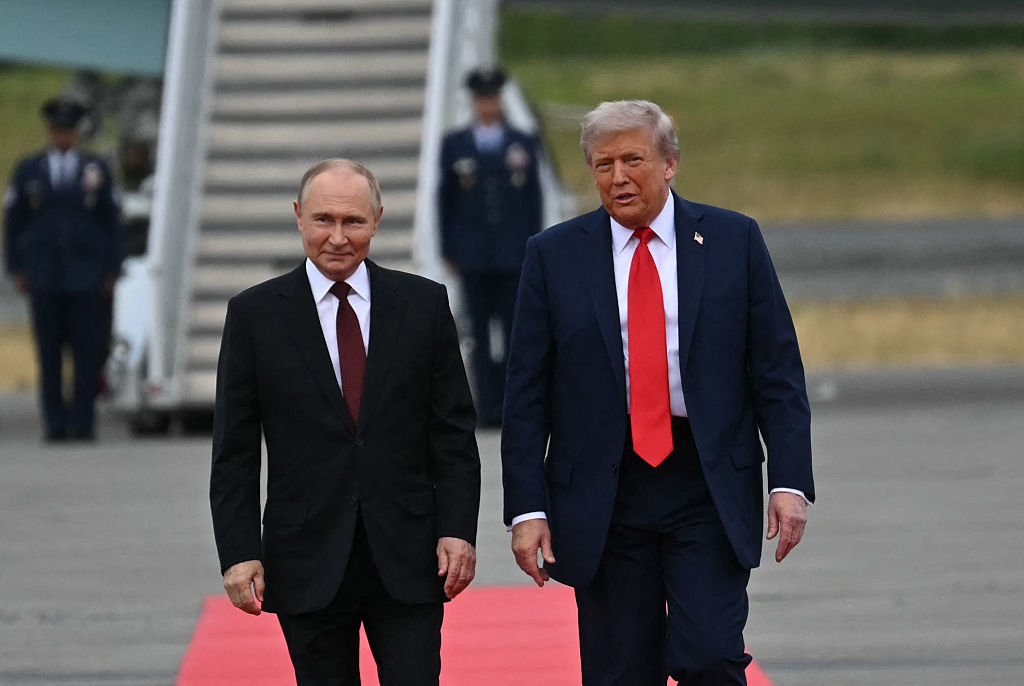
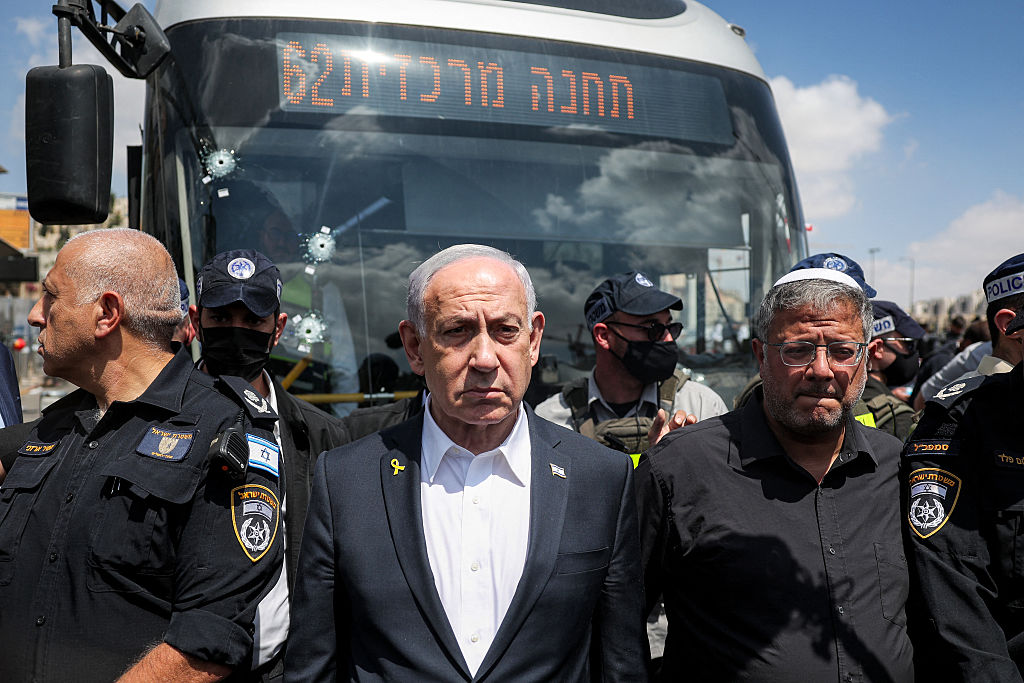
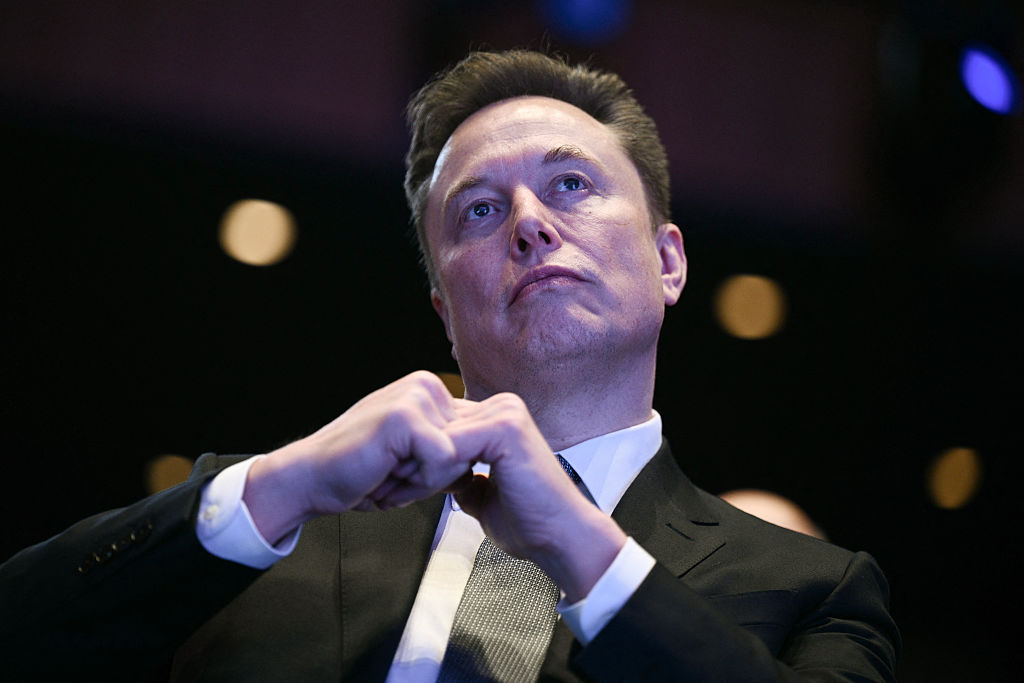
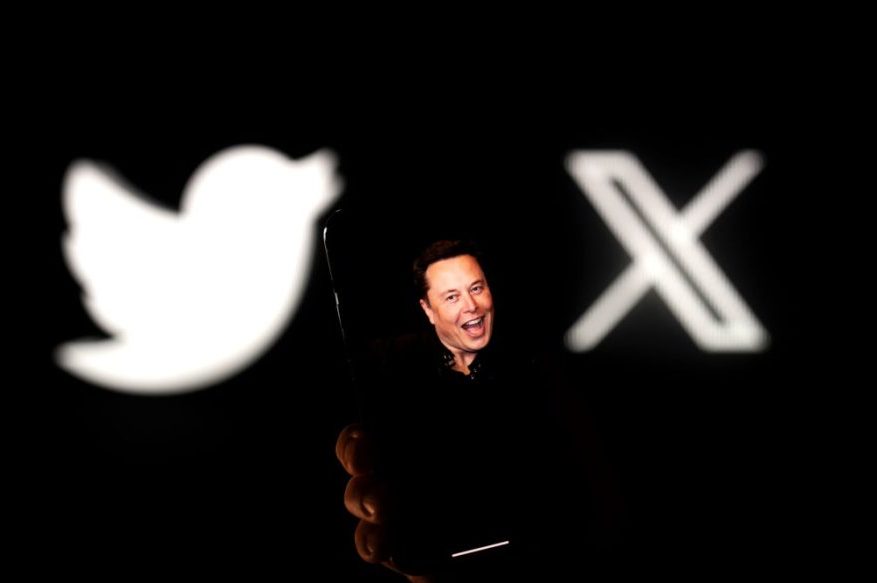
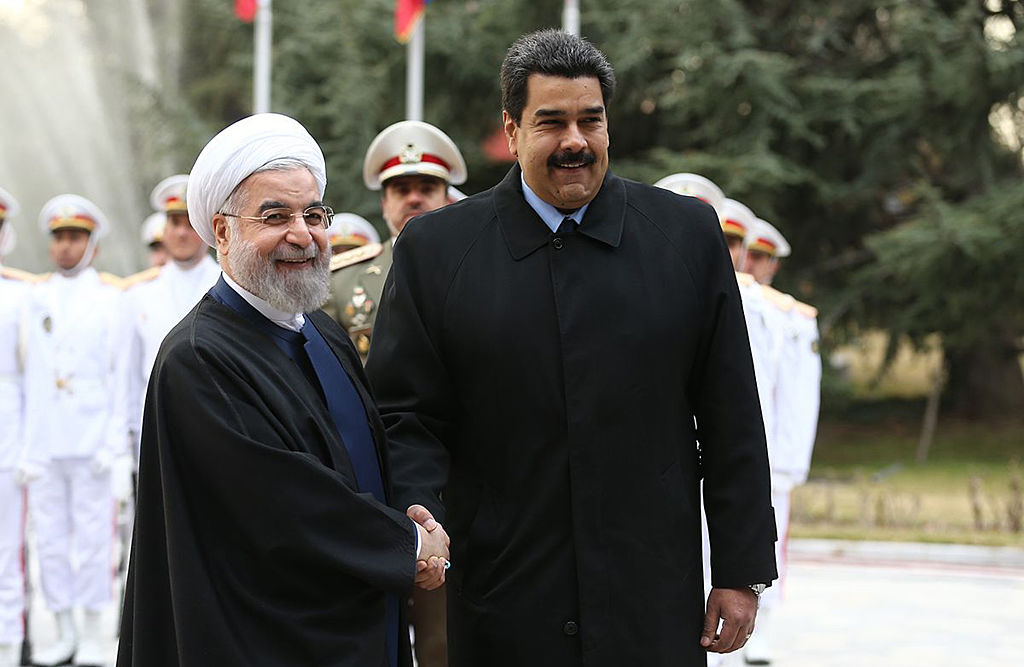





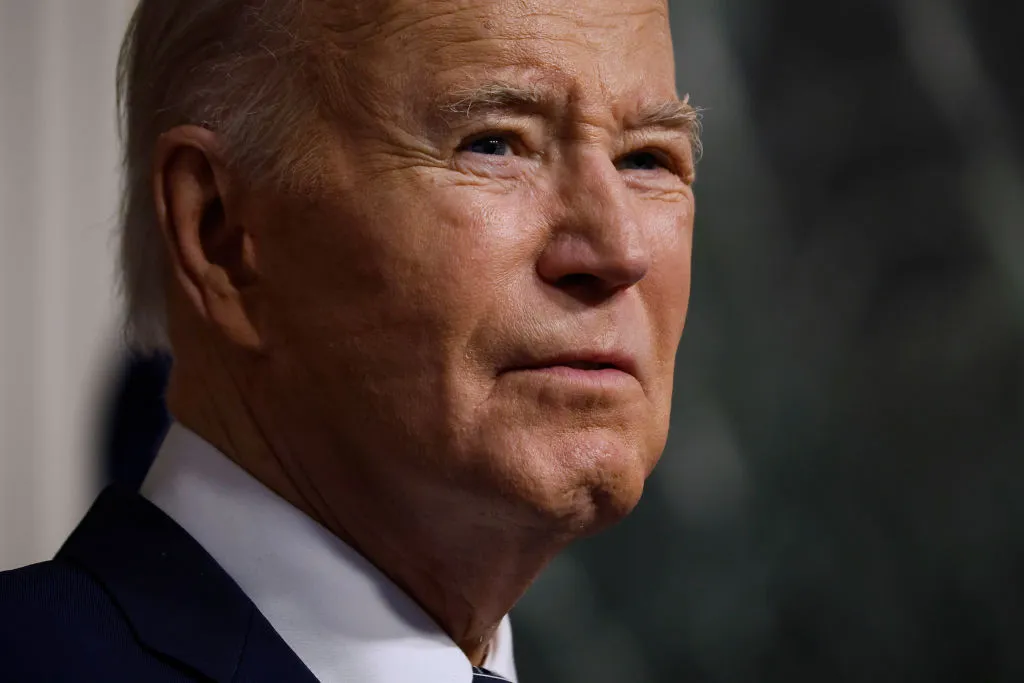

Leave a Reply